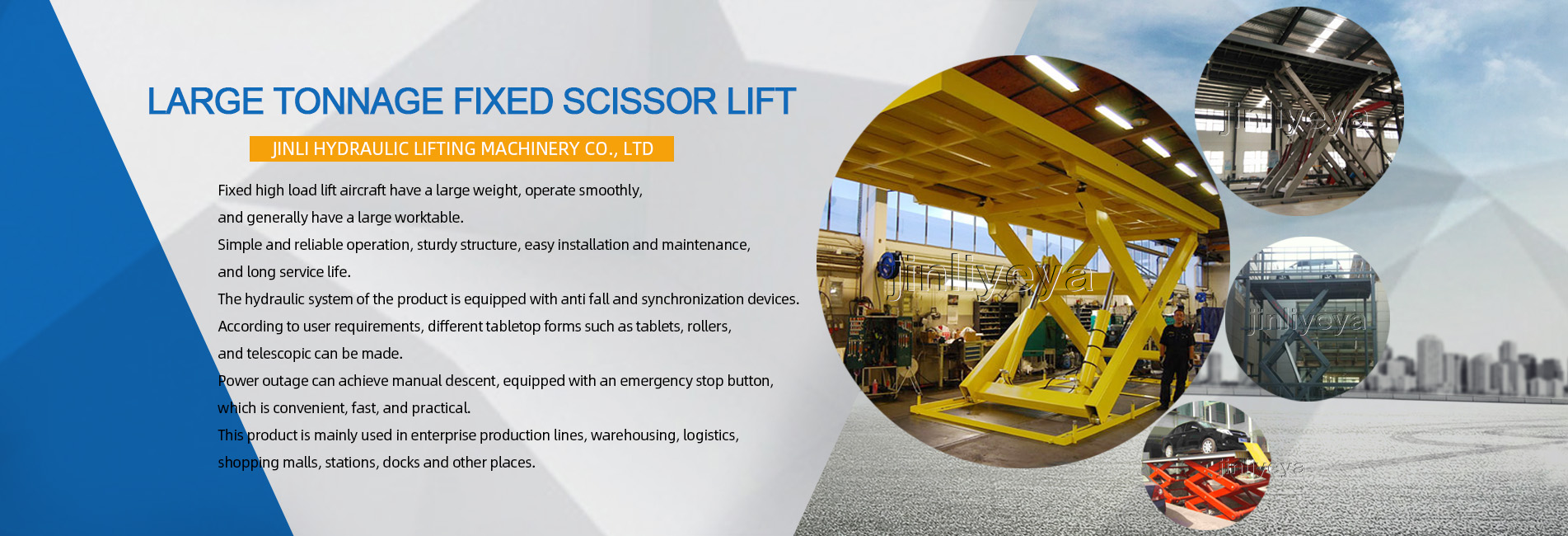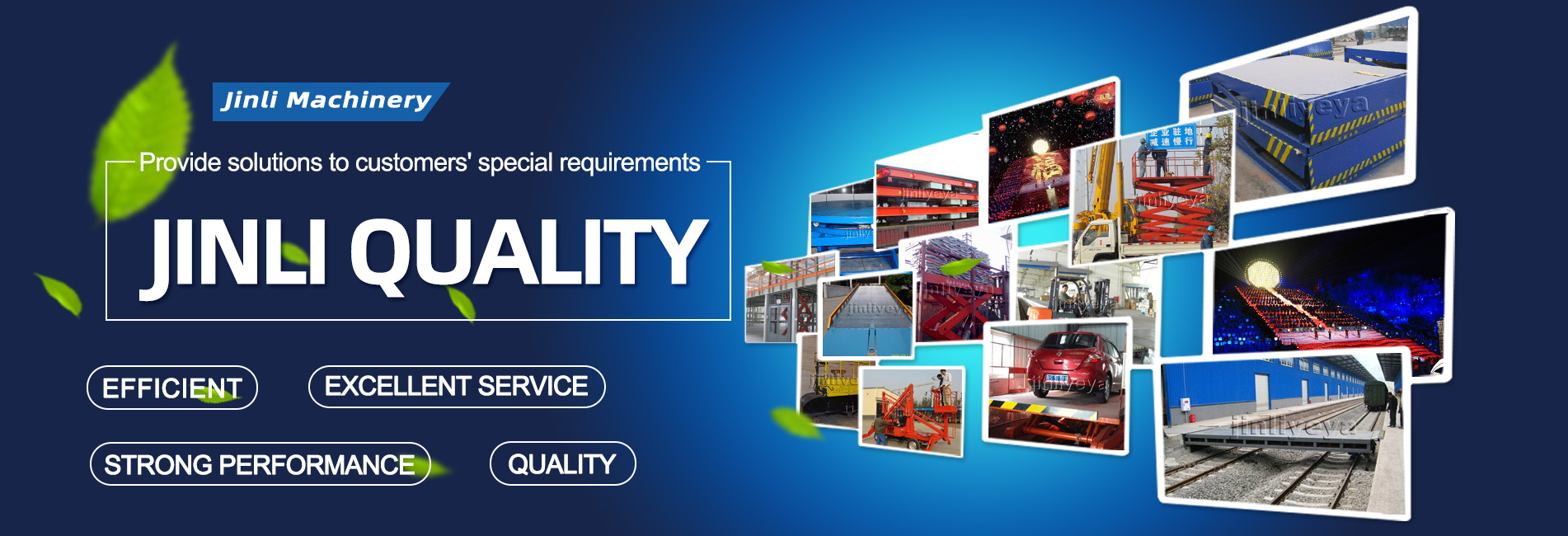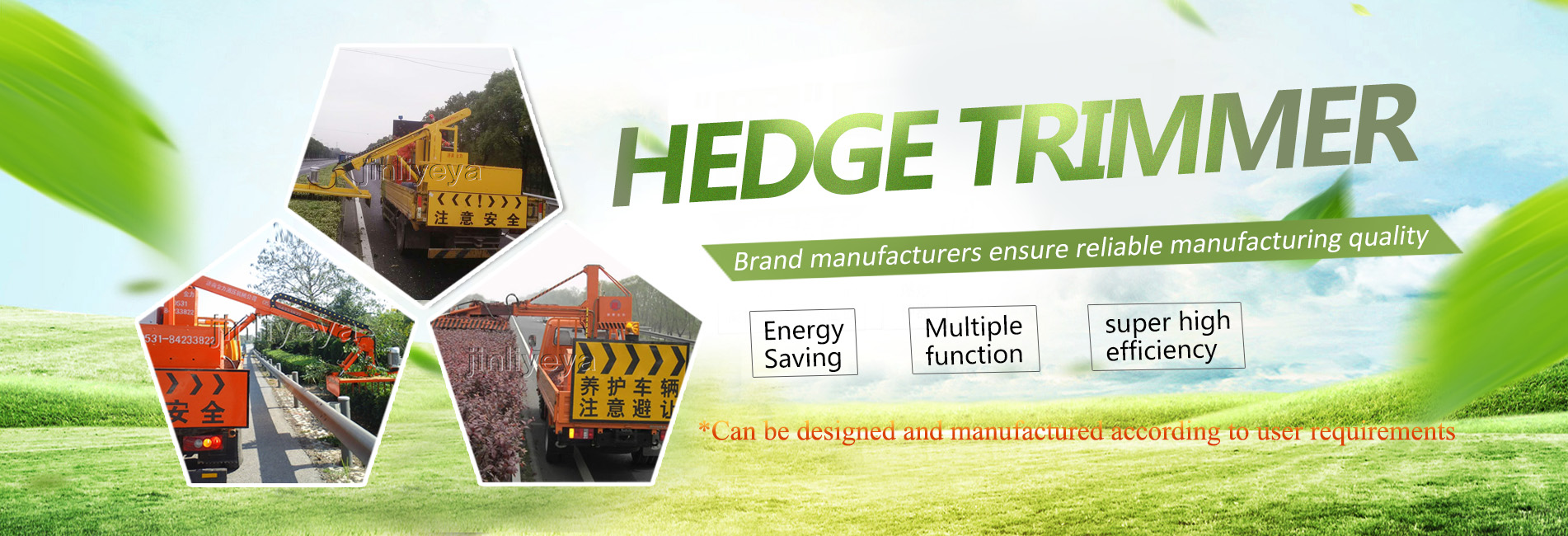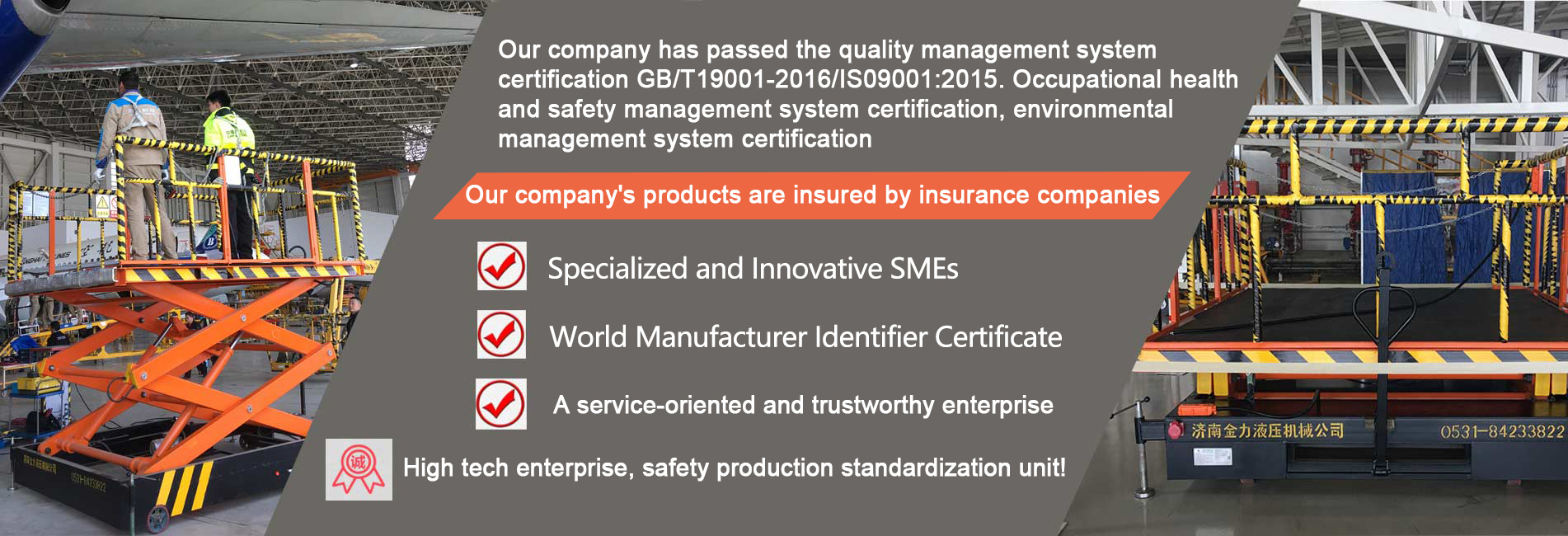Hydraulic lifting platform products are divided into curved arm hydraulic lifting platforms, scissor type hydraulic lifting platforms, mast type hydraulic lifting platforms, and straight arm hydraulic lifting platforms according to their working modes. Hydraulic lifting platform is a replacement product for folding arm lift (lifting platform) and scissor lift (lifting platform). It can be widely used in stations, docks, airports, hotels, postal and telecommunications, municipal gardens, grain depots, cleaning companies, decoration of public building facades, installation, maintenance and repair of decoration or power systems, etc. This elevator has the advantages of light weight, self-propelled operation, electric starting, self-supporting legs, simple operation, large working surface, especially the ability to cross obstacles for high-altitude operations. 1. Hydraulic lifting platforms can be divided into four wheel mobile, two wheel traction, car modification, electric scooter, auxiliary self-propelled, and lifting heights ranging from 4 meters to 18 meters. This series of products has a load capacity of 0. 1 to 0.8 tons, can also be customized according to user requirements, with a load capacity of up to 10 tons. 2. Hydraulic lifting platforms are widely used for factory maintenance in industrial and mining enterprises, municipal construction, and decoration in hotels and guesthouses, with reliable quality and complete performance. Key points for maintenance of hydraulic lifting platforms: 1. When not in use, the platform should be lowered to ensure safety and prevent rusting of the cylinder top rod. 2. Lubricating oil should be regularly added to the upper and lower joints of each activity to maintain lubrication. 3. Regularly check whether there is corrosion or damage at the joint between the high-pressure oil pipe and the oil pipe. 4. The limit switch should be maintained in good condition and should not be exposed to water or moisture. 5. Regularly check whether the pressure of the deep well pump and the oil level gauge line of the fuel tank are in place. 6. Regularly check for oil leaks. 7. Daily cleaning and maintenance work.
{1}







